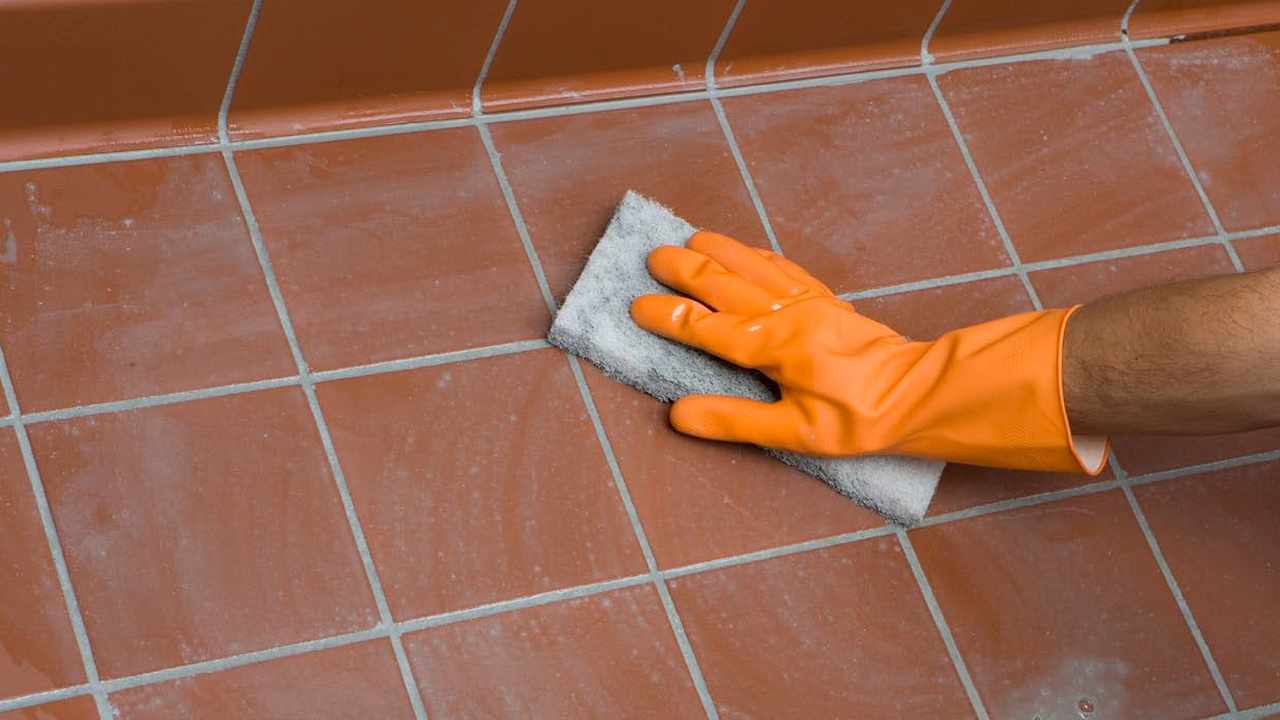When it comes to dealing with seepage, you might feel like you’re constantly fighting a losing battle. Water finding its way into your home can be as persistent as a leaky faucet, but fear not, there are solutions at hand. By addressing the underlying causes and taking proactive steps, you can effectively combat seepage issues and safeguard your property. Let’s explore some practical strategies to help you keep your home dry and secure.
Identifying the Root Cause
- To pinpoint the source of seepage, carefully inspect all potential areas of vulnerability in your structure. Moisture detection is crucial in identifying hidden leaks that may be causing seepage. Begin by examining the foundation, as it’s often the primary entry point for water infiltration. Conduct a thorough foundation inspection, looking for cracks, gaps, or any signs of water damage. Pay close attention to areas where the foundation meets the walls, as these junctions are prone to leaks.
- Utilize moisture detection tools such as moisture meters or infrared cameras to identify any moisture buildup within the walls or floors. These tools can help pinpoint the exact location of the leak, allowing for targeted repairs. Additionally, check for any signs of mold or mildew, as these are common indicators of water seepage.
Implementing Proper Drainage Solutions
- Proper drainage solutions play a critical role in preventing seepage issues within your structure. To address seepage problems effectively, consider implementing landscaping solutions such as grading the soil away from the foundation or installing waterproof membranes on exterior walls below ground level. These methods help divert water away from the building, reducing the risk of seepage.
- In addition to landscaping solutions, installing french drains can significantly aid in managing excess water around your property. French drains consist of a perforated pipe surrounded by gravel and are designed to redirect water away from the building to prevent seepage into basements or crawl spaces. Sump pumps are another essential component in combating seepage. These pumps help remove accumulated water from sump pits in basements, preventing water buildup that could lead to seepage issues.

Sealing Cracks and Leaks
- Addressing cracks and leaks promptly is crucial in preventing further seepage issues within your structure. When dealing with cracks in your walls or foundation, two effective methods for sealing them are epoxy injection and polyurethane sealant.
- Epoxy injection involves filling the cracks with a strong adhesive that can restore the structural integrity of the affected area. This method is particularly useful for hairline cracks and can prevent water from seeping through.
- On the other hand, using a polyurethane sealant is a quick and easy way to seal cracks from the inside. This sealant expands upon contact with water, effectively blocking any potential leaks. However, it’s essential to note that while polyurethane sealants can be a temporary solution, addressing the root cause of the cracks is crucial for long-term prevention.
- To further enhance your structure’s waterproofing, consider exterior waterproofing methods in addition to sealing cracks internally. Exterior waterproofing involves creating a barrier on the outside of your structure to prevent water intrusion. By combining interior drainage solutions with exterior waterproofing, you can effectively mitigate seepage issues and protect your building from water damage.
Improving Grading Around the Foundation
- Consider adjusting the slope of the ground around your foundation to enhance drainage and prevent water accumulation. Proper grading is crucial in preventing water from pooling near your foundation, which can lead to seepage and potential foundation issues. Landscaping solutions play a vital role in improving the grading around your home.
- To enhance the grading, start by ensuring that the soil slopes away from the foundation. This slope should be at least 6 inches over the first 4 feet away from the house. You can achieve this by adding and compacting soil strategically. Be mindful of any existing landscaping or structures that might impede the flow of water away from the foundation.
- Regularly inspect the grading around your foundation and make adjustments as needed. If you notice any signs of water accumulation or seepage, address the issue promptly to avoid expensive foundation repairs. By implementing proper landscaping solutions and maintaining the grading around your foundation, you can significantly reduce the risk of water seepage and protect your home from potential foundation damage.
Utilizing Waterproofing Techniques
- To effectively prevent seepage in your home, implement waterproofing techniques to safeguard your foundation from water intrusion. Waterproofing membranes are a key component in keeping water out of your basement or crawl space. These membranes are typically made of materials like rubberized asphalt or thermoplastic to create a barrier against moisture. Installing waterproofing membranes on the exterior walls of your foundation can significantly reduce the risk of seepage.
- Exterior waterproofing techniques involve excavating the soil around your foundation to expose the outer walls. Once exposed, a waterproof coating is applied to the foundation walls to create a watertight seal. This coating acts as a barrier, preventing water from penetrating the foundation and causing seepage issues. Additionally, exterior drainage systems can be installed to direct water away from the foundation, further protecting it from water intrusion.
Conclusion
To effectively stop seepage, it’s crucial to identify the root cause and implement proper drainage solutions. Sealing cracks and leaks, improving grading around the foundation, and utilizing waterproofing techniques are essential steps in preventing water infiltration. By taking these proactive measures, you can protect your property from potential damage and ensure a dry and safe environment. Remember, early detection and prompt action are key in addressing seepage issues effectively.